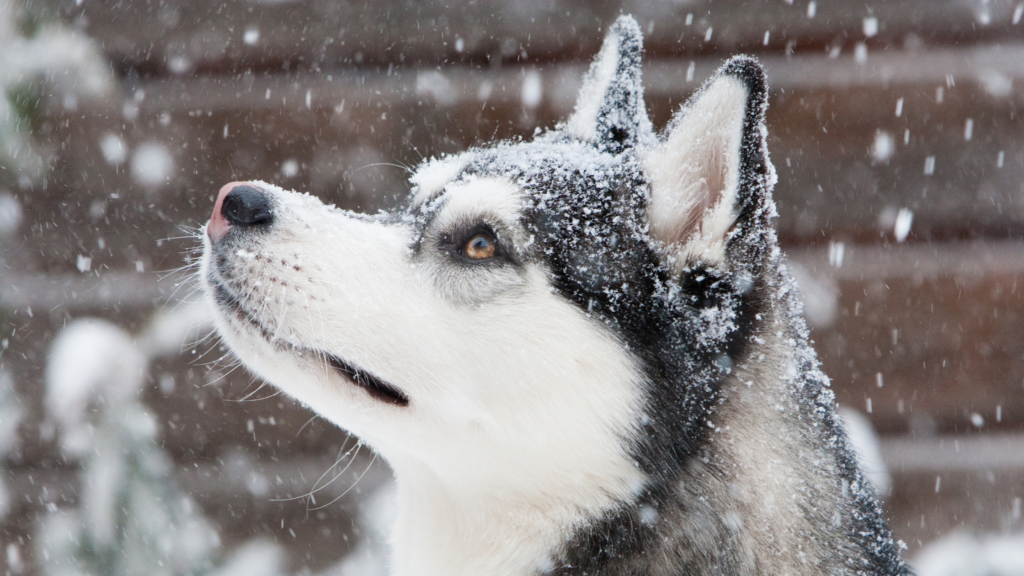Understanding the Growth Stages: What to Know About Your Adult Siberian Husky
As your Siberian Husky transitions from puppyhood to adulthood, their needs, behaviors, and characteristics change. Understanding the growth stages and what to expect from your adult Husky is crucial for responsible ownership. In this guide, we’ll explore the various growth stages and key aspects of caring for your adult Siberian Husky.
Understanding Siberian Husky
The Siberian Husky is a breed of dog known for its striking appearance, energetic nature, and strong work ethic. Here’s an overview of what a Siberian Husky is:
Physical Characteristics:
- Coat: Siberian Huskies have a double coat that provides insulation against cold temperatures. Their coat comes in various colors, including black, gray, red, and agouti, and it often features striking patterns.
- Eyes: One of their most distinctive features is their almond-shaped eyes, which can be blue, brown, green, or even one of each (heterochromia).
- Size: Huskies are of medium size, typically weighing between 35 to 60 pounds (16 to 27 kilograms) and standing about 20 to 23.5 inches (51 to 60 centimeters) tall at the shoulders.
- Physical Build: They have an athletic and agile build, reflecting their history as sled dogs. Their tails are plume-like and carried over their backs.
Temperament:
- Friendly: Siberian Huskies are generally friendly and outgoing dogs. They enjoy human and canine company and often make good family pets.
- Independent: While they are friendly, Huskies also possess a streak of independence. They can be strong-willed and may not always obey commands without proper training.
- Energetic: These dogs are known for their boundless energy. They require regular exercise and mental stimulation to stay happy and healthy.
- Vocal: Siberian Huskies are vocal and expressive. They may howl, bark, or “talk” to communicate their needs and feelings.
Growth Stages of a Siberian Husky
Siberian Huskies go through several distinct growth stages as they mature into adults. Here’s a breakdown of these stages:
| Stage | Age Range | Description |
| Puppyhood | 0-12 months | This stage involves rapid growth, socialization, and learning. Puppies are energetic and require frequent exercise and training. |
| Adolescence | 1-2 years | Adolescence is marked by increased independence and sometimes challenging behavior. Training and consistency are essential during this stage. |
| Young Adult | 2-4 years | Your Husky is considered a young adult at this stage. They are active, energetic, and require regular exercise and mental stimulation. |
| Adulthood | 4-8 years | In adulthood, Huskies settle into their full-grown size and temperament. They are generally more stable and less active than in their youth. |
| Senior | 8+ years | Senior Huskies may experience reduced activity levels and health issues. Specialized care and regular vet check-ups become increasingly important. |
Health Considerations

Health considerations for Siberian Huskies are important to ensure they lead long, healthy lives. While Huskies are generally a robust breed, they can be prone to certain health issues. Here are some key health considerations for Siberian Huskies:
- Hip Dysplasia: Huskies can be susceptible to hip dysplasia, a genetic condition where the hip joint doesn’t develop properly. This can lead to arthritis and mobility issues. Regular exercise and maintaining a healthy weight can help reduce the risk.
- Eye Conditions: Siberian Huskies are prone to eye conditions such as cataracts, progressive retinal atrophy (PRA), and corneal dystrophy. Regular eye check-ups by a veterinarian or veterinary ophthalmologist are essential to detect and manage these issues early.
- Hypothyroidism: Hypothyroidism is a common hormonal disorder in Huskies. It can lead to weight gain, lethargy, and skin problems. Regular thyroid function tests can help diagnose and manage this condition.
- Skin Allergies: Some Huskies may develop skin allergies, leading to itching, rashes, and hot spots. Identifying and managing allergens and providing proper skin care is essential.
- Zinc Deficiency: Huskies are known to be susceptible to zinc-responsive dermatosis, which can result from a lack of dietary zinc absorption. It can cause skin issues, so ensure they receive a balanced diet.
- Bloat: As with many deep-chested breeds, Huskies can be at risk of gastric dilatation-volvulus (GDV) or bloat. Feeding multiple small meals a day and avoiding strenuous exercise after eating can help reduce the risk.
- Canine Cancer: Siberian Huskies may be prone to certain types of cancer, such as lymphoma. Regular check-ups and early detection are crucial for cancer management.
- Dental Issues: Dental hygiene is vital for Huskies. They can be prone to dental problems, so regular teeth cleaning and dental check-ups are important.
- Parasites: Huskies can be vulnerable to parasites like fleas, ticks, and heartworms. Implement a year-round parasite prevention program recommended by your veterinarian.
- Obesity: While Huskies are active dogs, overfeeding and lack of exercise can lead to obesity. Maintain a healthy weight through proper diet and regular exercise.
Conclusion
Understanding the growth stages and characteristics of your adult Siberian Husky is essential for providing appropriate care and companionship. Whether your Husky is in their energetic youth or enjoying their stable adulthood, a loving and attentive owner can ensure a fulfilling and happy life for this remarkable breed.
Partnering with YourPetLand for Your Husky’s Health
For all your Siberian Husky’s health needs, from regular check-ups to high-quality nutrition and preventive care, turn to YourPetLand. Your trusted companion in pet wellness, YourPetLand, is here to support you in ensuring your Husky leads a healthy and happy life. Don’t wait; visit YourPetLand today and prioritize your furry friend’s well-being.
